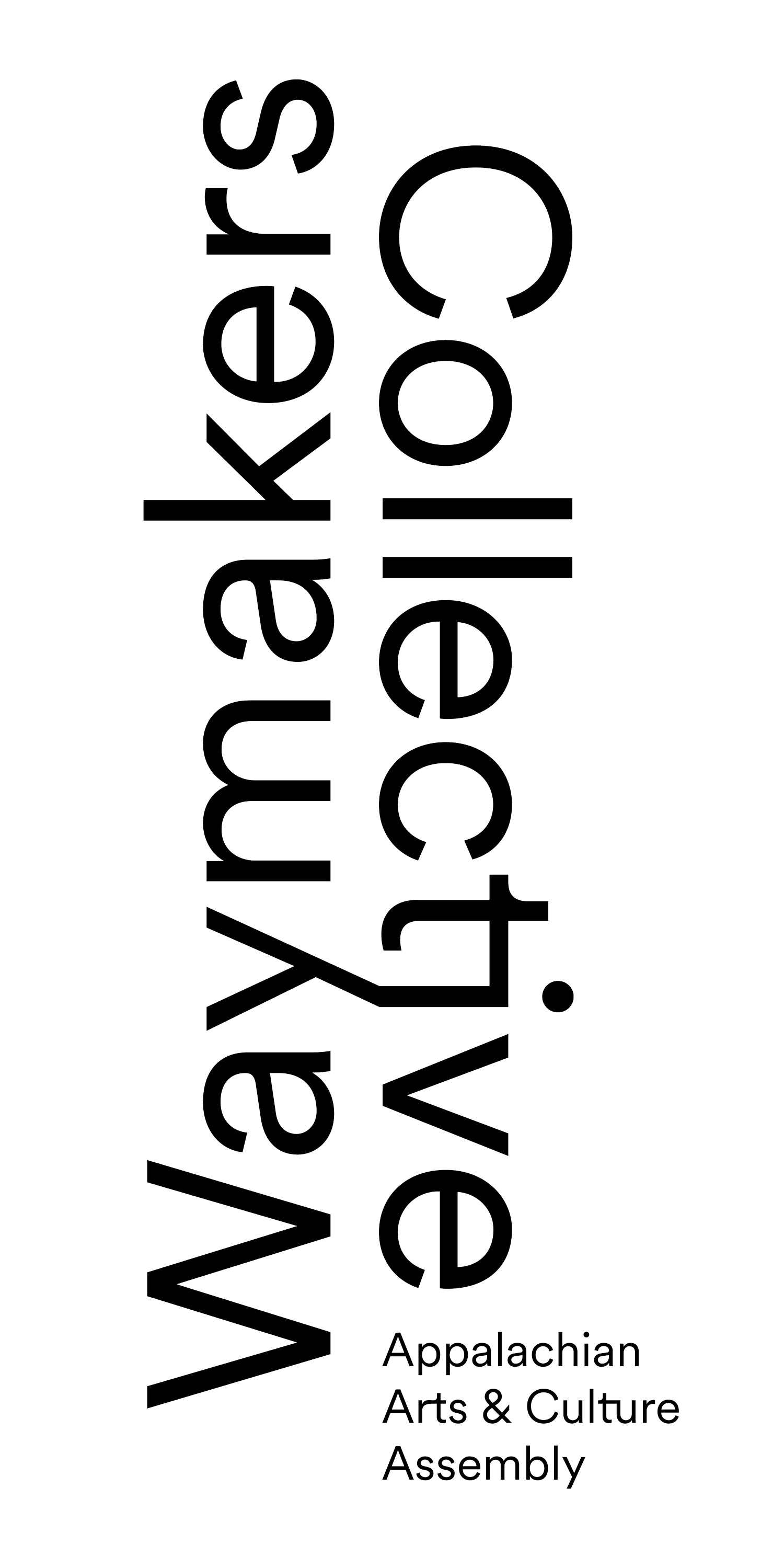
Rooted in Community, Designed for Impact
We envisioned a process that centers on the people it serves, ensuring cultural sensitivity, collaboration, and long-term sustainability.
Inspired by Appalachia’s rich heritage, land stewardship, and culture of self-sufficiency, we designed an approach that honors tradition while supporting economic and artistic growth.
We engage artists, cultural leaders, elders, and young visionaries—those shaping the future of our communities. Through music, storytelling, creative advocacy, and cross-generational collaboration, we have built strategies that reflect the lived experiences and aspirations of Appalachians.
Our approach remains dynamic. We evolve to meet emerging opportunities, expand across state lines, and increase access to resources that fuel community-driven progress. At its core, our work thrives on collaborative relationships, mutual investment, and participatory governance.

OUR FIVE CORE STRATEGIES ARE:
Connecting Appalachia – Expanding networks for collaboration and resource-sharing.
Investing in Creativity – Directly supporting artists and cultural projects.
Healing Through Arts – Using creativity to cultivate resilience and well-being.
Strengthening Foundations – Revitalizing spaces and systems for sustainable impact.
Reframing Appalachia – Elevating authentic stories of innovation and leadership.

WHO’S INVOLVED + HOW WE WORK TOGETHER:
Philanthropic Partners
A network of foundations, funders, and aligned organizations committed to supporting community-led investment.
New
Giftees
Individuals entering the community through initial funding. After their gift period, they can transition into long-term participation through the Co-op and AppalCore services.
AppalCore Leadership
Guides fund governance alongside paid staff, providing strategic vision and operational leadership.
Assembly Cooperative
A membership body with voting rights open to those actively engaged in Appalachian work and advocacy.

HOW WE FUND: EXPANDING ACCESS + OPPORTUNITY
We believe funding should be accessible, community-driven, and ethical. Unlike traditional philanthropy, we prioritize grassroots visionaries, emerging artists, and initiatives that are often overlooked by mainstream grantmaking.
Through a community-led nomination process, we ensure funding reaches those who need it most—without being overshadowed by well-established institutions. We actively seek recommendations from organizers, artists, and cultural leaders to identify those missing from traditional funding spaces.
By removing barriers to entry, simplifying the application process, and offering direct support, we make funding truly accessible. We aim to invest in people who don’t just require funding, but may not even know these opportunities exist.


